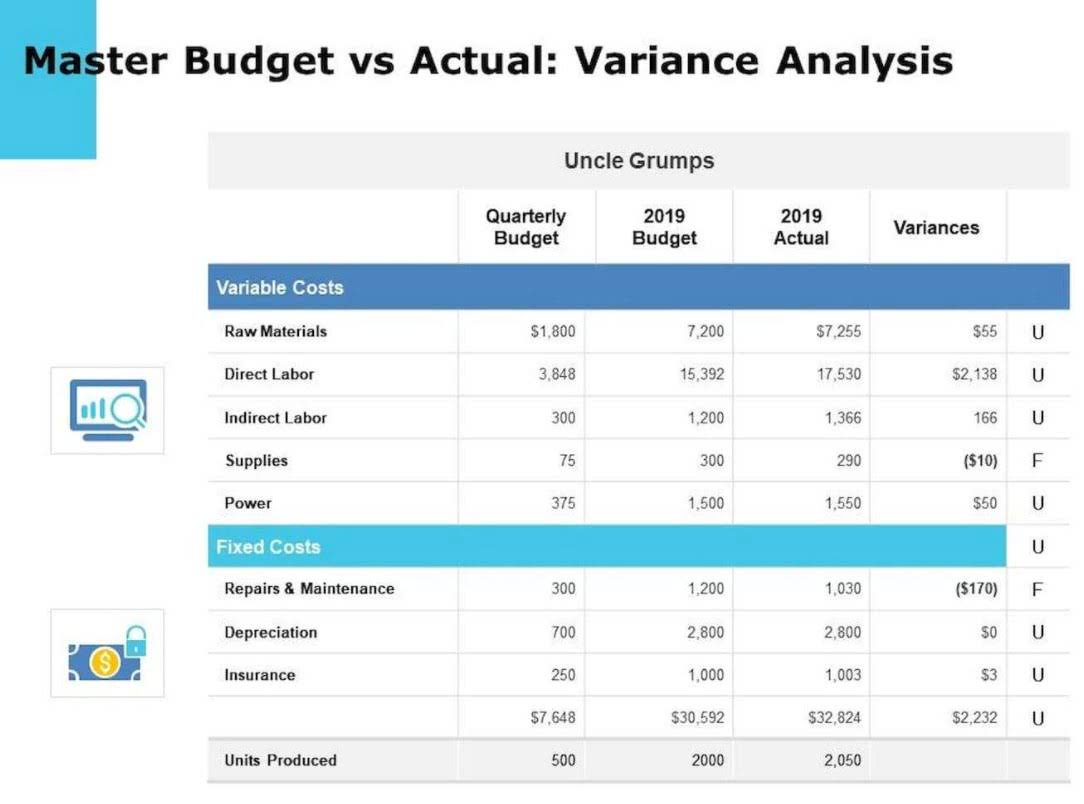
This way, all of your data will be consistent, and it’ll be easier to review your funding model and make adjustments to increase your organization’s financial stability. Financial statements are among the most critical reports your nonprofit’s accountant will compile every year. Each of these documents organizes and summarizes your accounting data in a different way to help you glean unique, actionable insights into your organization’s financial situation. While for-profit organizations use their accounting practices to help them turn a profit and pay dividends to their investors, nonprofits aren’t allowed to do this by definition. Instead, your organization has to reinvest GAAP for Nonprofits all of its funding into its mission and operations, and proper accounting will help you make sure you always do this, even as your nonprofit grows and changes over time. Most nonprofit-friendly accounting software like QuickBooks Aplos or Nonprofit Treasurer will allow you to generate financial statements automatically.
Financial and Accounting Guide for Not-for-Profit Organizations

Because nonprofits don’t keep the profits they generate, all income goes back into the organization. Nonprofits serve to fill a need of society, rather than to maximize revenue for owners and shareholders. A non-profit organisation has aims other than profit, such as social, cultural, philanthropic welfare.
- Accurate expense allocation helps stakeholders assess the efficiency and effectiveness of an organization’s operations.
- Keeping overhead costs low from the beginning is a great way to demonstrate trustworthiness when you seek financial support.
- Couch recommends keeping your staff and board members updated on what your accountants do and discover.
- That said, programs and services should always make up the bulk of your organization’s spending, since that is the purpose of a nonprofit.
- By following the guide’s recommendations and utilizing the prescribed formats, NPOs can improve their accounting practices and financial reporting, contributing to greater transparency and credibility in the sector.
- Use the RFP submission form to detail the services KPMG can help assist you with.
- A national directory of not-for-profit organisations and Australian charities.
Audit and Accounting Guide: Not-for-Profit Entities, 2018

It aims to ensure uniform accounting principles, enhance the accuracy of financial statements and meet the information needs of stakeholders. By following the guide’s recommendations and utilizing the prescribed formats, NPOs can improve their accounting practices and financial reporting, contributing to greater transparency and credibility in the sector. Accounting Standards for Not-for-Profit Organizations (ASNPO) are a set of guidelines established to ensure that non-profit entities in Canada maintain transparent, consistent, and accurate financial reporting. These standards are crucial for the accountability and sustainability of non-profit organizations, which operate under unique financial circumstances compared to for-profit entities. Understanding and applying ASNPO is essential for accountants and financial professionals involved in the non-profit sector. According to Eileen Gwaltney, a certified public accountant with over 23 years of experience in the field, one of the biggest accounting mistakes nonprofit organizations can make is improperly allocating functional expenses.
Nonprofit Accounting Compliance Requirements
We find that small to mid-sized nonprofits benefit most from investing in the Plus or Advanced plans of QuickBooks Online. The Plus plan includes all of the essential accounting features your organization needs Catch Up Bookkeeping in a cloud-based platform and provides access for up to five users. However, if you want to add more users to your account or leverage more complex tools like batch invoices and fixed asset auto-tracking, it’s worth upgrading to the Advanced plan.

- An annual operating budget for a university will be very different than a budget for a small local art gallery.
- To learn more about exactly which taxes your tax-exempt nonprofit might still be on the hook for, consult IRS Publication 557, or better yet, consult with a nonprofit tax specialist.
- They also help the government monitor whether an organization should retain its tax-exempt status.
- Here is a nonprofit accounting guide – a walk-through of the financial chapters that adorn your nonprofit’s story.
- From financial reporting to revenue recognition to grants and contracts to auditor report changes, you have a lot going on in the not-for-profit financial arena right now.
So how do you find an accounting solution that meets all your needs and fits into your budget? At FinancePal, our pricing and services are tailored to net sales your needs, but there are also many other advantages to using FinancePal for your nonprofit accounting. Once you have viewed this piece of content, to ensure you can access the content most relevant to you, please confirm your territory. Nonprofits must keep overhead costs to a minimum while also ensuring they provide the organization with the opportunity to grow, so careful, ongoing cost management is a must. Your overhead costs will be the number one obstacle to achieving your goals, so you must remain pragmatic about them.

Nonprofit management 101: a complete and practical guide for leaders and professionals
- The core of nonprofit accounting is accountability, meaning your goal in your accounting practices should be ensuring honesty and transparency with your donors, other stakeholders, and the government.
- Since 2013, the Pro Bono Salary Survey has been helping not-for-profits by mapping out trends and offering in-depth insight and analysis, allowing individuals and organisations to effectively benchmark their remuneration practices.
- This way, all of your data will be consistent, and it’ll be easier to review your funding model and make adjustments to increase your organization’s financial stability.
- In light of these global developments and the need for improved standards, the ASB of the ICAI has deemed it appropriate to thoroughly review and revise the Technical Guide on Accounting for Not-for-Profit Organisations.
- This article is part of our Profit and Purpose series, where we explore how ambitious businesses can grow sustainably while making a positive impact.
- A non-profit organisation has aims other than profit, such as social, cultural, philanthropic welfare.
This information is also displayed on the nonprofit’s Cash Flow Statement. Nonprofits should regularly conduct audits on themselves to ensure all accounting is up to the standards of both GAAP and the organization itself. The documentation generated by these audits can also have another use, helping you secure grants and funding from state and federal governments. Plus, nonprofits that regularly audit themselves will be considered more credible and trustworthy by potential donors. This form is required for most tax-exempt organizations that receive more than $200,000 in annual revenue or hold more than $500,000 in assets. Generally accepted accounting principles (GAAP) are a set of accounting procedures and standards issued by the Financial Accounting Standards Board (FASB).